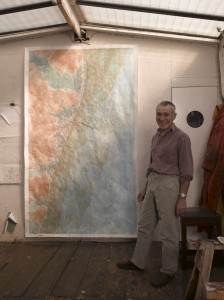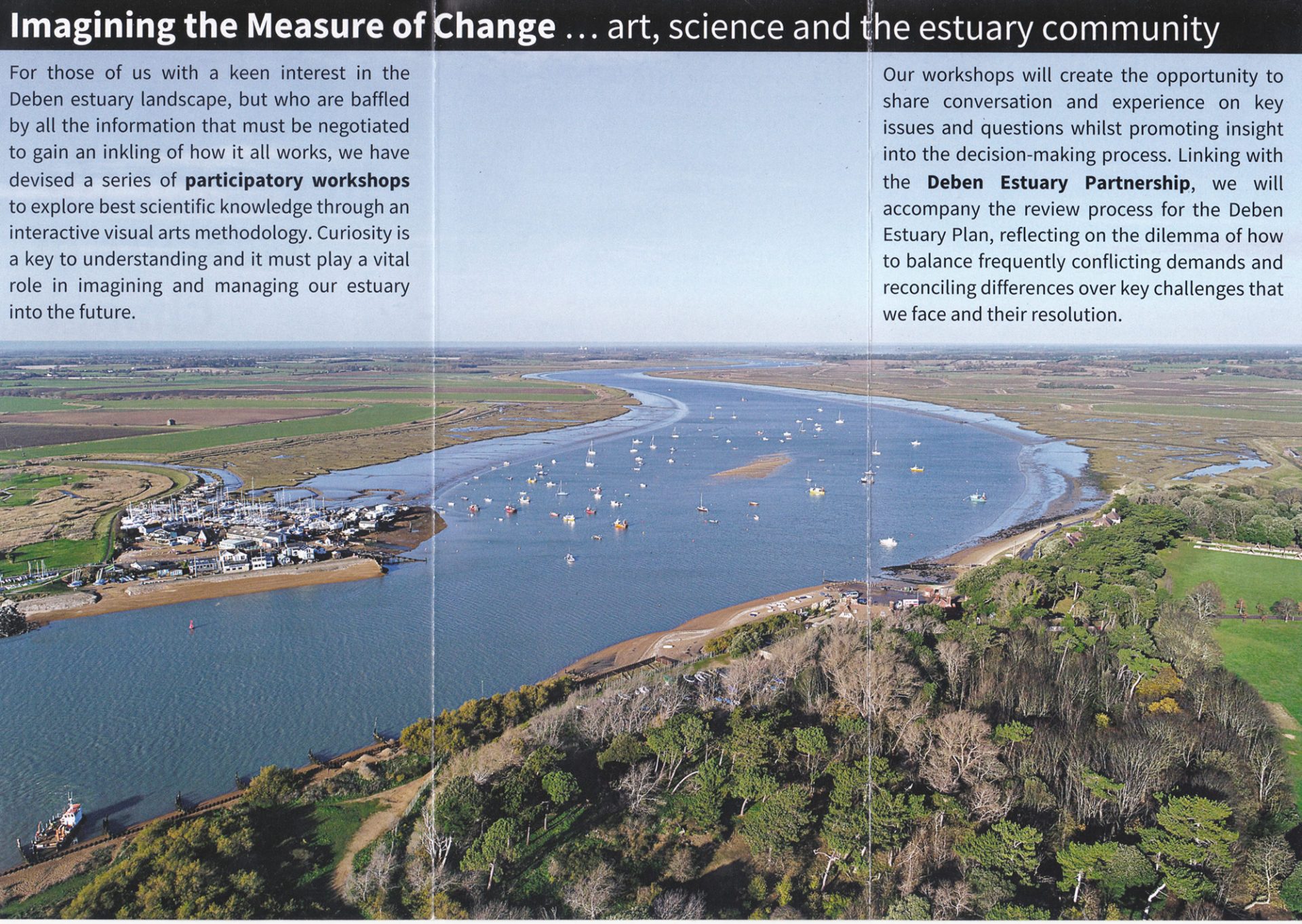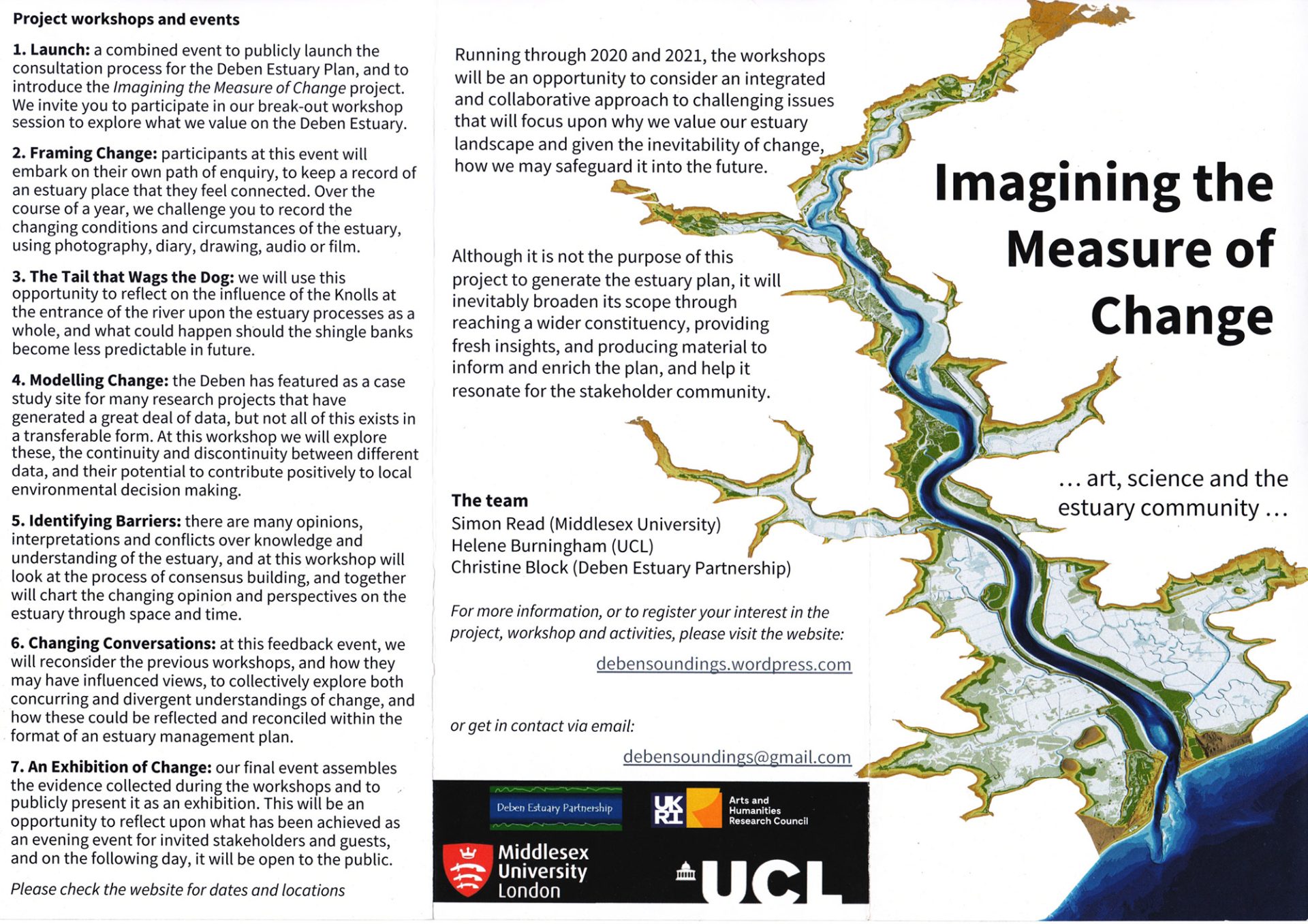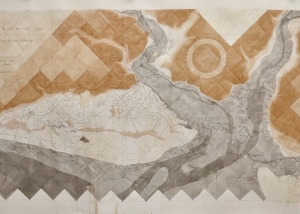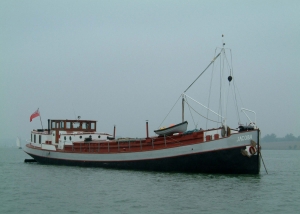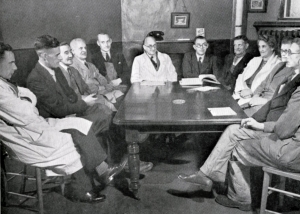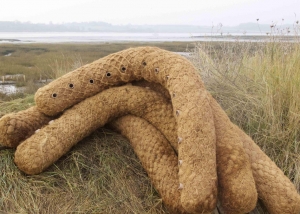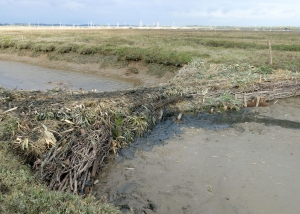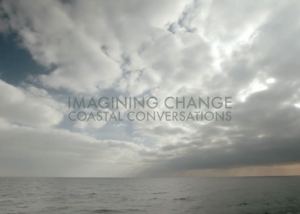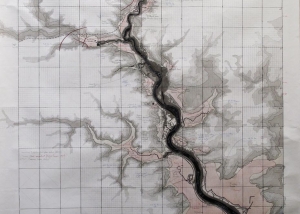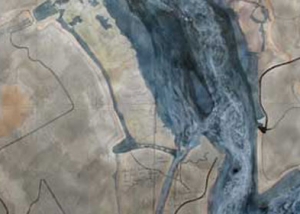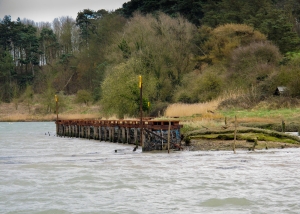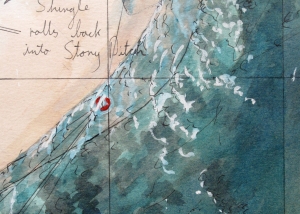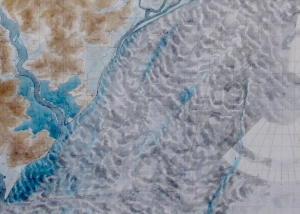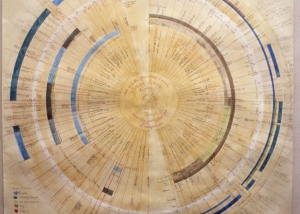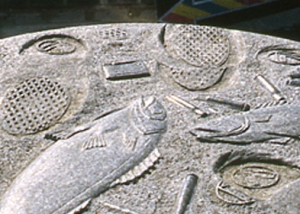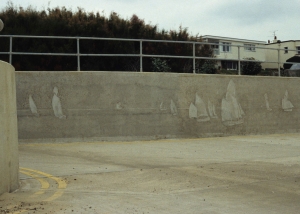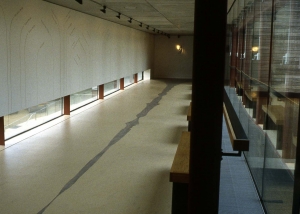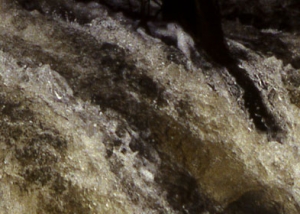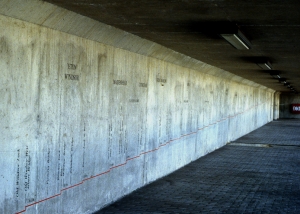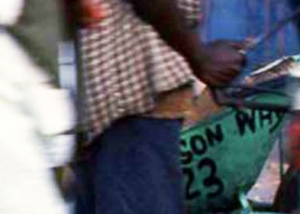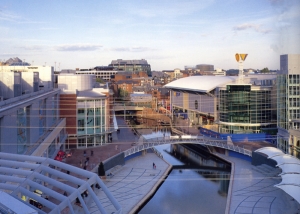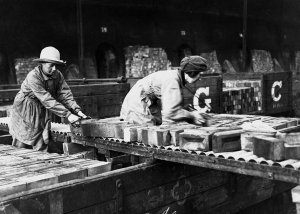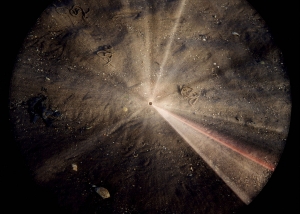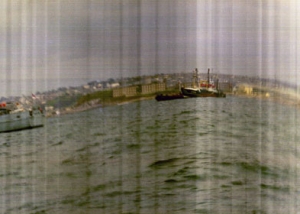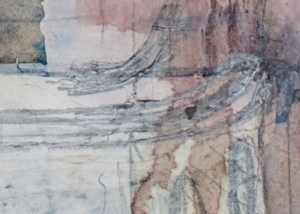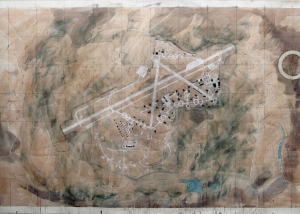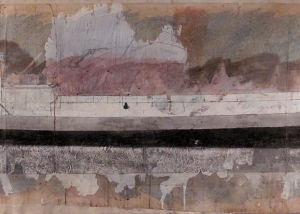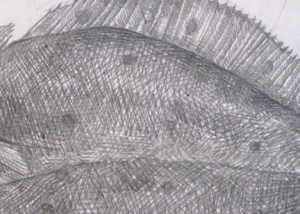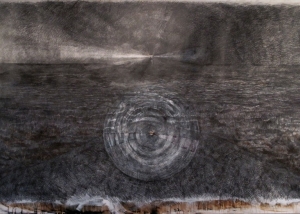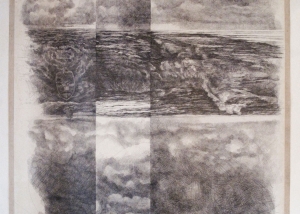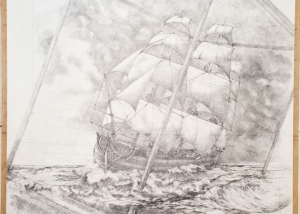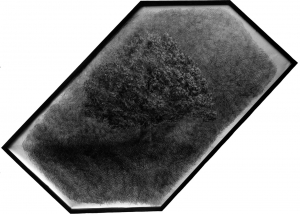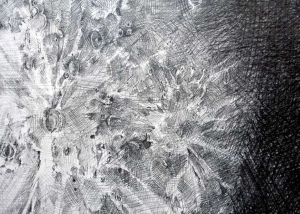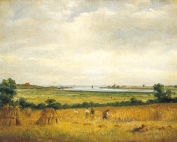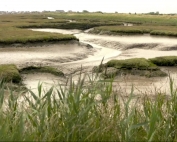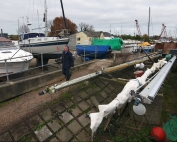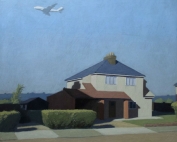Welcome
Simon Read is an artist who has a great deal of experience across several media. For a great many years he enjoyed considerable success working through a museum and gallery context, developing an expanded interpretation of photography, but has increasingly found that this does not allow the scope to interact with other disciplines and in other arenas.
This has led him to foster projects on a collaborative basis where the outcome might range from a public commission for an architectural site to consultancy, the medium might vary from a complex drawing or sculptural work through to something more discursive lending itself to publication. More recently he has immersed himself in the environmental debate where other kinds of collaboration on an interdisciplinary level are vital.
In 1980, he bought a seagoing barge in Holland and brought it back to Woodbridge in Suffolk to serve as a home and studio base. Since then, travelling on it annually around the East Anglian Coast, he has gained valuable insight into how estuaries and coastal dynamics work. He has ploughed this back into his work, in the first instance by building cameras to record the experience of approaching land from the sea and later to bring first hand experience to an engagement with the development by government of estuarine and shoreline strategies. From experience gained on a range of projects incorporating a level of environmental know how, he has sought ways of pursuing this on a local level working with his immediate community, academically, by proposing interdisciplinary collaborations and as a studio-based artist.
The original decision to be an artist is fundamentally important in determining the pattern of his life; the need to have an affordable living and working environment that is nonetheless stimulating informed his decision to buy a barge, his involvement in Higher Education he regards to be a duty as much as a congenial way of earning a living and more recently the level of engagement with the environment on a community level is informed by instinct as much as by judgement.
Cinderella River
A publication by Simon Read
Any river is a compound of its own narratives, and none more so than the River Lee. Unlike the River Thames for which it is one of the major tributaries, the Lee or Lea has consistently eluded stereotype due to the multiplicity of its channel systems and the huge range of functions it has been required to perform between its source and where it debouches at the Thames Estuary.
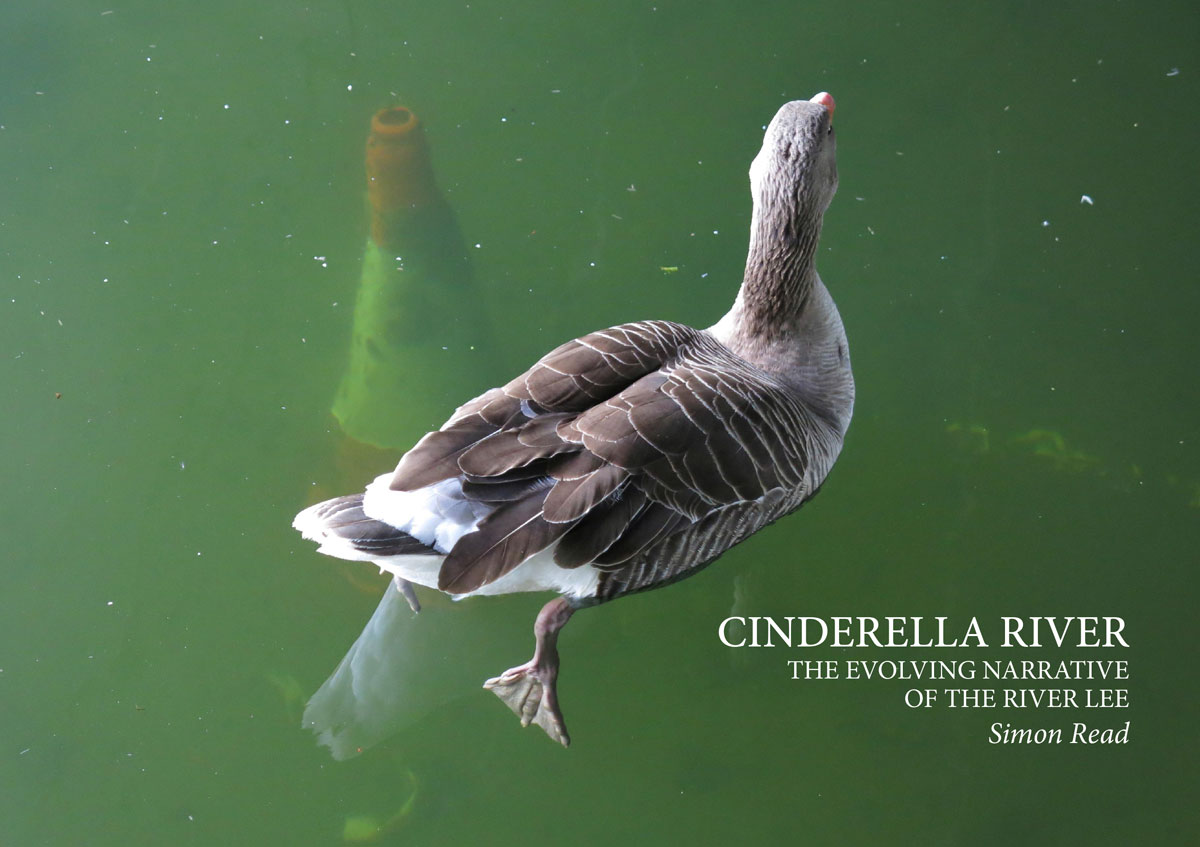
Between Flotsam and Jetsam
A publication by Margaret Wyllie
We are delighted to publish in its entirety this contemplative study by the artist Margaret Wyllie of a defined area of our estuarine landscape. This work was conducted in response to an open invitation to explore change at a specific location on the River Deben Estuary over a calendar year.
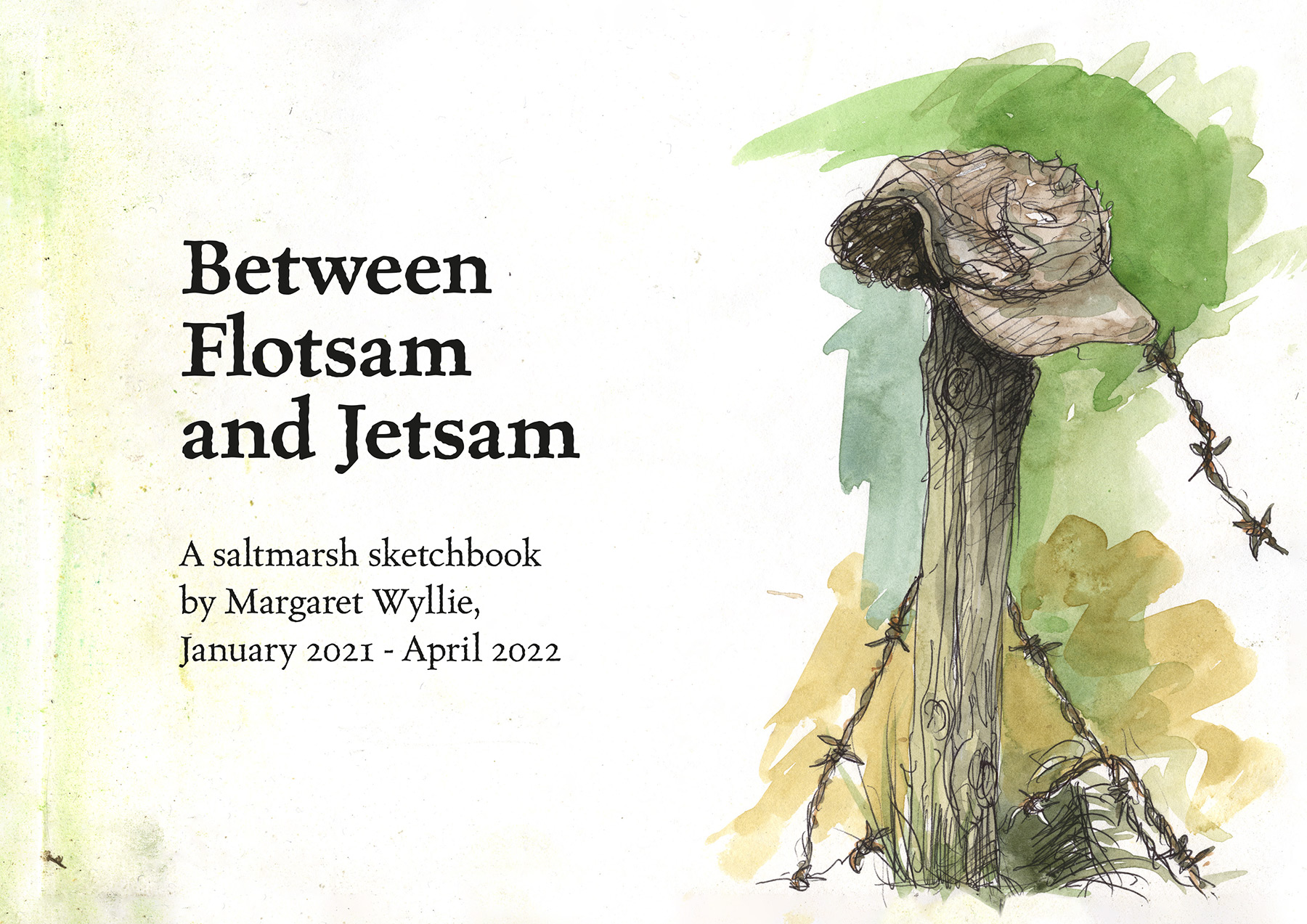
Simon Read Middlesex University Research Activity
Some people cannot wait to get away from work, but for Middlesex’s Simon Read the world of art, life and work all seem to overlap perfectly into Venn diagram-like circles. For the senior lecturer in Fine Art lives on “Jacoba” a seagoing barge on the River Deben in Suffolk that inspires much of his creative flow and art, whilst working with his local community to monitor environmental impact on their surrounding landscape.
SRead-Youtube
As an artist with experience across several media, Read delights in the doors that his research life at Middlesex opens up for him. “My academic work gives me access to a much wider range of interdisciplinary collaboration,” he explains. “The university network has helped me greatly with my work. I have been looking at ways in which the arts can be factored into the debate on environmental change – routinely that’s considered to be the preserve of the environmental sciences, social sciences, physical sciences and engineering, which precludes the arts or cultural sector. My point is that our understanding of where we are – landscape, land and so on – is very much a cultural construct and is one that we’ve inherited from the 18th century if not before.”
Read feels it is important for artists to see if there is a way to become ‘usefully’ engaged in the conversation. Through having a way of life afloat, that conversation has become tinged by an understanding of the increasing volatility of coastal and estuarine systems, and sensitivity to their well-being, and the need for well-integrated management solutions.
The artist now works with communities to help foster an understanding of that coastal and estuarine change. It’s an instance of research as artistic practice, with a very decided impact on the community. “An integral part of this process has been the creation of large ‘map works’ as a means of not only reflecting on the dynamic of coastal systems but also as a means of visualising environmental change,” he explains. “Because of the need to work with other disciplinary communities who configure ideas and information as statistical data and enquiry as problems to be solved, an artist involved in this arena often starts at a disadvantage in terms of professional credibility; however, with the university behind me, I can engage in a lot of stuff that otherwise I wouldn’t be able to and widen the community that I can engage with.”
Read recently helped design and build “A Tidal Protection Barrier for Sutton Saltmarsh”, a project comprising a 100m timber, geogrid and brushwood structure, built to mitigate the effects of the tide upon an eroding saltmarsh. He worked in collaboration with Andrew Hawes Associates, Hydraulic Engineers and was funded by Suffolk Coast and Heaths AONB Sustainable Development Fund, River Deben Association and The Woodbridge Society. The barrier was built with support from HMP Hollesley Bay Colony (which helps prepare prisoners reaching the end of their sentences for life in the outside world) and other voluntary help.
“It is important for artists to be involved in the discussion but they must also get their hands dirty,” he says.
Recent Posts
The 3C’s project
In 2024 the coastal scientist, Helene Burningham and I were awarded a grant by the Environment Agency’s 3C’s (Championing Coastal Coordination) programme for a project to explore the potential to bring a broader range of local knowledge to bear as a part of the consultation process towards a more inclusive approach to an estuary management plan. Of the initiatives
Saltmarsh management work at Falkeham Marsh
This clip taken from 'Life on the Deben' featuring the activity of Simon Read The extracts are from “Life on the Deben” December 2017. Director: Tim Curtis, Video East, Screenplay: John McCarthy, Producer Malcolm Hodd.
An attempt with McCarthy to reach the tidal limit of the estuary
The extracts are from “Life on the Deben” December 2017. Director: Tim Curtis, Video East, Screenplay: John McCarthy, Producer Malcolm Hodd.
Morning Departure
In 2015 Alex Fraser approached Middlesex University to ask if anybody remembered his father Ian Fraser, who was Head of Fine Art until 1986 when he tragically died of cancer. I answered in the affirmative, from which there followed a meeting and lengthy correspondence ending with the agreement that we should set up a show at Middlesex University in his

